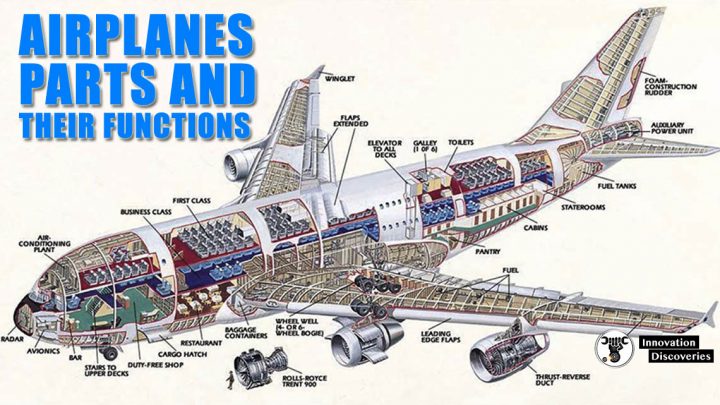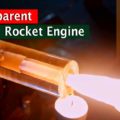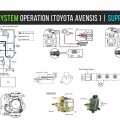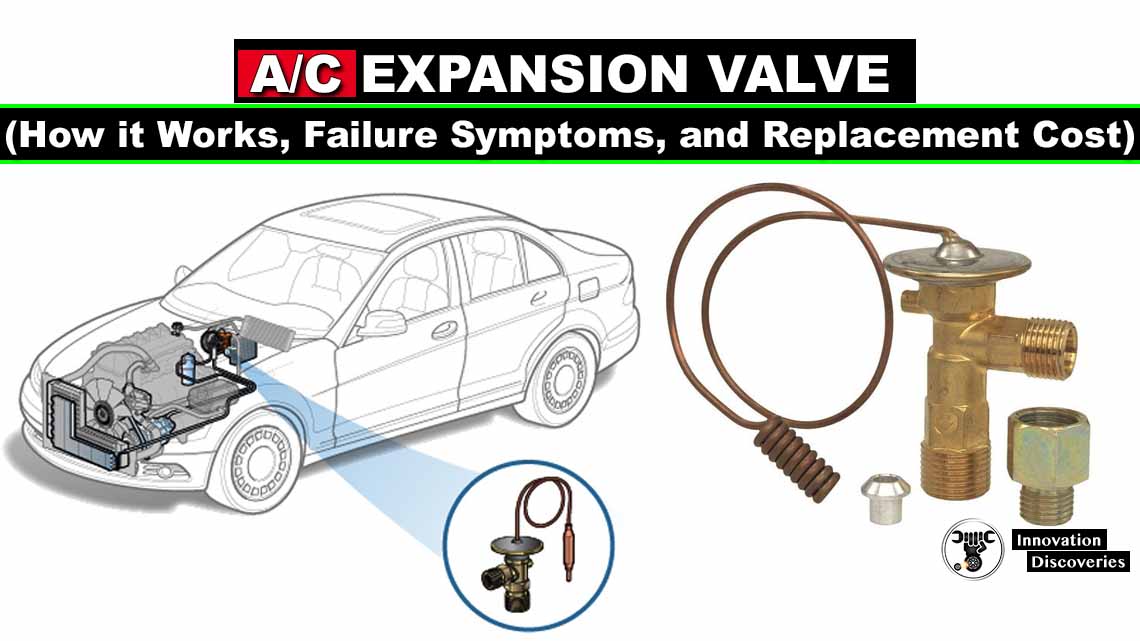A rocket is a rocket, shuttle, airship or other vehicle
That acquires push from a rocket motor.
Rocket motor fumes are framed totally from fuel conveyed inside the rocket before use.
Rocket motors work by activity and response and drive rockets
Forward essentially by removing their fumes the other way at rapid,
And can accordingly work in the vacuum of the room.
Also, read – AIRPLANES: PARTS AND THEIR FUNCTIONS
Indeed, rockets work more productively in space than in air.
Multistage rockets are equipped for accomplishing escape speed from Earth and
Hence can accomplish boundless most extreme elevation.
Contrasted and airbreathing motors, rockets are lightweight and ground-breaking and
Fit for producing huge increasing speeds.
To control their flight, rockets depend on force, airfoils, helper response motors,
Gimballed push, energy wheels, avoidance of the fumes stream,
Charge stream, turn, or potentially gravity.
How are Rockets Designed?
The exemplary rocket comprises of a round and hollow shell of metal creation.
There is a cone at the front of the rocket and balances toward the
Back of the rocket body for soundness. The rocket cone and blades help in the smooth trip of the rocket
Through the air, while the rocket body gives enough space to control hardware,
Fuel, parachutes when fitting, and allows smooth flight.
Rocket motors;
Be that, as it may,
Require the utilization of an oxidizer notwithstanding a fuel source,
Fuel siphons, ignition chamber, and spouts.
Since rockets are relied upon to work in space,
Their fuel source must incorporate an oxidizer, or the rocket engine will neglect to work
As it approaches the edges of the Earth’s climate.
WORKING PRINCIPLE
A rocket motor is by and large tossing mass as a high-weight gas.
The motor tosses the mass of gas out one way to get a response the other way.
The mass originates from the heaviness of the fuel that the rocket motor consumes.
The consuming procedure quickens the mass of fuel with the goal
That it leaves the rocket spout at fast.
The way that the fuel abandons a strong or fluid into a gas
When it consumes does not change its mass.
ROCKET AERODYNAMICS
Rocket streamlined features is the investigation of;
How wind streams over a rocket and how this influences drag and steadiness.
The nose cone and balances of a rocket are intended to limit drag
(Air obstruction) and to give steadiness and control
(Keep it pointing the correct way without wobbling).
- Nose cone and rocket width influence drag
The measure of air opposition that contradicts a rocket’s movement depends
Fundamentally on the state of the nose cone,
The distance across the rocket and the speed of the rocket.
The main point that enters the air is the front end of the rocket’s nose cone.
If a rocket’s speed is not exactly the sound speed
(1,200 km / h in the air adrift dimension),
A modified bend is the best state of a nose cone.
At supersonic speeds (faster than sound speed),
A smaller and sharper point is the best shape.
Also, read – How Do Airplanes Fly? Components
Because there is more air being pushed off the beaten path,
Rockets with a greater breadth have more drag. Drag is based on the article’s cross-
Sectional territory pushing through the air. The most ideal approach to reducing drag is
To make a rocket as thin as conceivable.
The speed of a rocket through the air likewise expands drag.
As speed pairs, drag builds four fold the amount.
- Blades control bearing and solidness
The security of a rocket is its capacity to continue flying through
The air pointing the correct way without wobbling or tumbling.
Balances are utilized on littler rockets to give this solidness and control heading. It works similarly as setting quills at the tail of a bolt. The more noteworthy delay the quills keeps
The tail of the bolt at the back with the goal that the purpose of the
Bolt ventures straight into the breeze.
To see how to put blades and how expansive to make them,
It is imperative to comprehend about the focal point of mass and focus of weight.
Focal point of mass
The focal point of mass of an item is the time when the majority of the mass of
An article can be believed to be concentrated.
To locate the focal point of mass of an inflexible article,
For example, a water bottle rocket,
Balance the rocket on your finger with the goal that the rocket is flat.
The focal point of mass is a point straightforwardly over your finger.
The focal point of mass can be drawn nearer to the nose cone end of a rocket by
Including some mass close to the nose cone. This will expand strength.
Focus of weight
The single time when the majority of the streamlined powers are,
Concentrated is known as the focal point of weight.
To locate the rough position of the focal point of weight,
Draw a diagram of the rocket on a bit of paper. The focal point of the region of the
The diagram shape is around the focal point of weight.
The focal point of gravity (CG) (otherwise called the focal point of mass)
Closer to the front end of the rocket than the focal point of weight (cp).
For a rocket to be steady, the focal point of weight should be nearer to the
Last part than the focal point of mass. If the focal point of weight is at indistinguishable
Position from the focal point of mass, the rocket will tumble.
Solidness increments as the separation between the focal point of
Mass and the focal point of weight increments.
Setting balances at the end of a rocket brings the weight focal point
Closer to the last part and creates energy. Whatever it may be, this also causes inertia,
So, there’s an ideal size for blades so that the rocket has
Enough sound without dragging too much.
ROCKET CONTROL
They utilize electronic sensors to quantify any adjustments in movement
With the goal that moveable blades naturally react.
Pitch, Roll, and Yaw
- Pitch is a proportion of how high or low the nose cone is pointing.
- Yaw is a proportion of how far to one side or the privilege the nose cone is pointing.
- Roll is a proportion of how much the rocket has turned on its longest pivot.
Pitch, yaw and roll are known as the ‘three degrees of opportunity’
That alludes to the rotational development toward any path.
Pitch, yaw and roll are known as the ‘three degrees of opportunity’
That alludes to the rotational development toward any path. The least demanding approach to think about,
This is to envision you are a rocket. On the chances of leaning forward or backward, that’s pitch.
The main issue in controlling which heading a rocket will fly is to make it point the correct way.
An electronic sensor was utilized to gauge
How much the rocket moves as it travels through the air. Moveable blades at the tail of the rocket were modified to naturally
Address the move to keep the rocket flying without roll.
They manufactured vertical breeze passages to test their plans and frameworks before
Propelling their rocket for a full dispatch test. Their rockets are intended to fly somewhere in the range of 600 and 900 meters high. Height was not the real core interest. Their center was to manufacture a rocket to react to changes in roll and to
Address itself amid flight. All frameworks executed of course.
Translational development
There are three additional degrees of opportunity in the x, y, and z
Tomahawks that allude to transnational development.
The development of the entire rocket. It is an unpredictable assignment to estimate and
Control the position and
Introduction of a rocket as it travels through the air
With these conceivable bearings.
Six degrees of opportunity
The electronic sensor estimates any development in
Each of the six degrees of opportunity. The rocket is modified to move little
Aerofoils close to the front end of the
Rocket to control the rocket completely. This is a more delicate and precise strategy for
Control than simply moving folds on the substantial blades
At the back of the rocket.
Subsonic versus supersonic flight control
Research started with velocities of up to a large portion of the speed of sound. We plan to establish power for rockets moving faster than the speed of sound when the issues related to this have been acted upon. Stun waves shape off every single driving surface as they punch their way through the air. This progression the manner in which the wind streams over the little blades close
To the base of the nose cone. Ground-breaking and unbending actuators are required to
Keep up control of the balances as they are battered by these stun waves,
And they never again control the rocket to such an extent.
Kinds OF CHEMICAL PROPELLANT ENGINE
Compound rocket motors utilize a fuel (something to consume)
And an oxidizer (something to respond with the fuel). Together, they are alluded to as the charge.
As the fuel responds inside an ignition chamber,
The concoction response produces hot gases. It is the launch of these quickly extending
Hot gases at rapid from the rocket spout that makes push.
The fuel and oxidizer can be put away as solids,
Fluids or a crossbreed (a blend of strong and fluid).
Solid propellant rocket engines
In a strong fuel motor, the fuel and oxidizer are as of now combined and
Set as a strong inside the burning chamber. This strong is known as the force grain.
The middle is ordinarily empty to expand the surface
Zone accessible for response to occur.
The rate at which the substance response happens relies upon the kind of fuel picked
And the surface zone of the uncovered grain. Within length is ordinarily empty segment
To expand the measure of grain presented and accessible to respond.
A star-formed empty segment is frequently used to keep up
An enduring consume with even push.
The Space Shuttle has two strong promoters of rockets (SRBs).
These are the two big white rocket areas that provide the visible
Blazes and smoke in favor of the Space Shuttle. At any stage used in a call, the SRBs are the main solid-fuel motors. Each SRB absorbs approximately 4000 kg of fuel per second and discharges the
Resulting in hot gases to produce a 12.5 meganewtons (MN) drive.
Strong fuel rocket motors have three imperative favorable circumstances:
- Simplicity
- Low expense
- Safety
They likewise have two inconveniences:
- Thrust can’t be controlled.
- Once lighted, the motor can’t be halted or restarted.
- Fluid force rocket motors
Fluid force rocket motors utilize a fluid fuel, and fluid oxidizer,
These are put away in independent tanks and afterward
Siphoned into the ignition chamber as required.
As they are showered into the burning chamber through infusion spouts,
They quickly combine and respond before being ejected. The hot gases are launched out through a tight throat. One preferred standpoint of a fluid fuel framework is that
The measure of pushed can be controlled. This is finished by restricting how rapidly the fuel
Is siphoned into the burning chamber.
The three principle motors on the tail of the Space Shuttle orbiter are
Fluid fuel rocket motors. The hydrogen and oxygen are siphoned to the three fundamental motors. They are splashed into an ignition chamber where the hydrogen
Responds to the oxygen to shape vaporous water. It is the rapid launch of this vaporous water that creates the push.
Every primary motor creates a push of 1.8 MN.
A wide range of fuel mixes get utilized in fluid force rocket motors.
For instance:
- Liquid hydrogen and fluid oxygen – utilized in the Space Shuttle principle motors
- Gasoline and fluid oxygen – utilized in Goddard’s initial rockets
- Kerosene and fluid oxygen – utilized on the principal phase of the huge Saturn V sponsors in the Apollo program
- Alcohol and fluid oxygen – utilized in the German V2 rockets
- Nitrogen tetroxide/monomethylhydrazine – utilized in the Cassini motors
- Mixture fuel rocket motors
A mixture force framework has the fuel as a strong inside the ignition chamber. The fluid oxidizer is put away in a different tank. The most straightforward mixture framework is
To have the oxidizer under strain in its tank. At the point when a valve is opened,
This oxidizer is discharged into the ignition chamber.
It at that,
Point responds with the strong fuel before being launched out.
One case of a half-and-half framework is the Ātea-1 propelled by Rocket Lab.
Eventual fate of Rocket Propulsion Systems
One of the ebb and flow center zones for
Advanced science looks into is in electromagnetic drive. A definitive objective of this
Exploration is to deliver a shuttle or
Rocket completely dependent on electrical power. In the flow inquire about, the rocket,
Motor quickens particles using electrostatic power.
Different strategies,
For example,
Electromagnetism is utilized to help specifically quicken the mass.
The electrical power is then used in the process to ionize the particles and,
Make a voltage angle equipped for quickening them to a
Great degree high fumes speeds.
To date, these drive frameworks have not possessed the capacity to create
Adequate power without anyone else to reliably work;
Although,
They have possessed the capacity to produce adequate push
When joined with atomic electric frameworks to work.







3 Comments